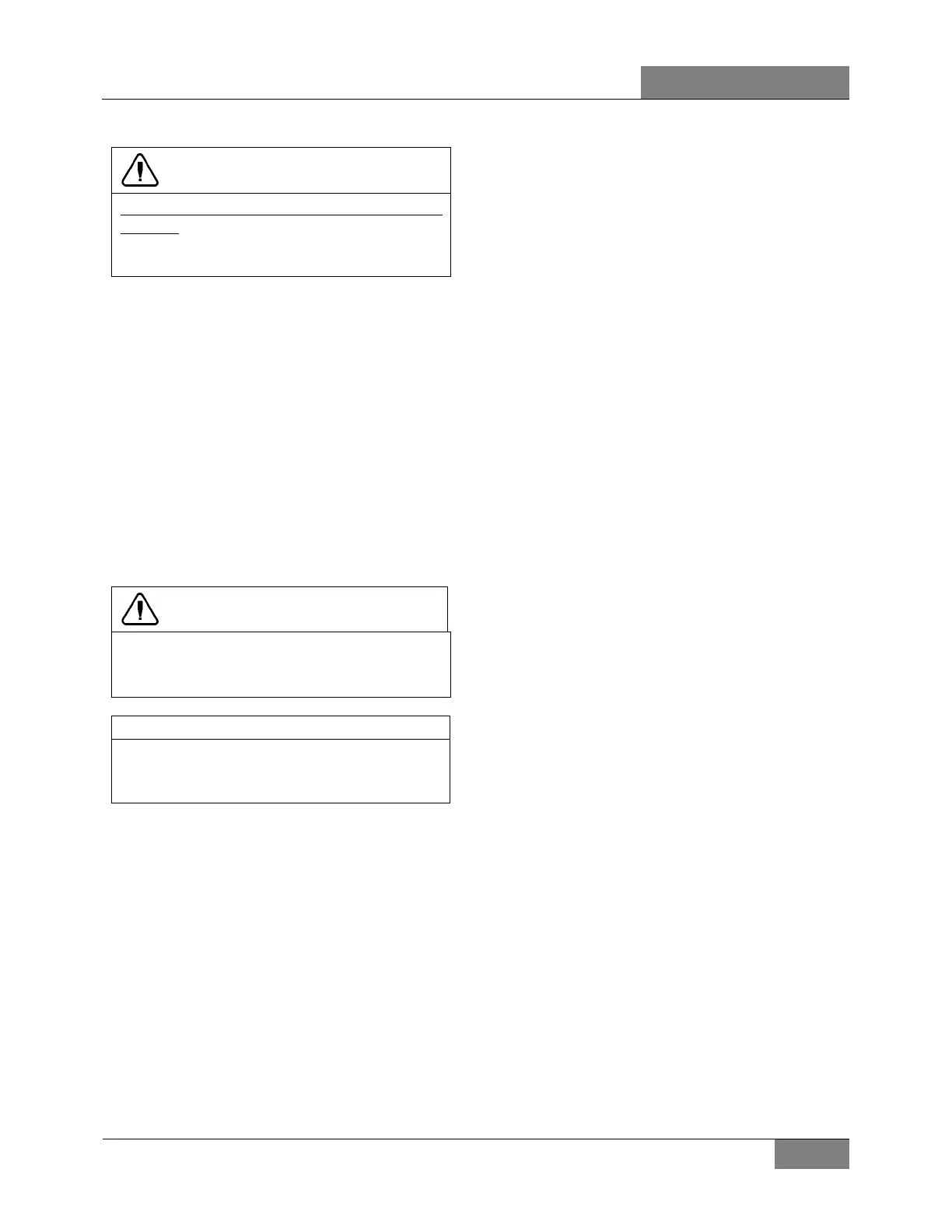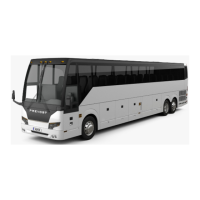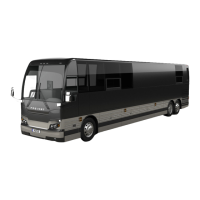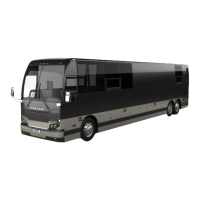DOB 1300-1556 | X3-45 Commuter PA-1648 Maintenance Manual First release Oct 2020
CAUTION
Do not use a wrench or other object to apply
leverage
when inspecting ball joint.
Applying leverage with tools can give distorted
results and damage components.
14 DRIVING TIPS
In order to maximize power steering pump
service life, do not attempt to turn the steering
wheel when the vehicle is stationary, and
especially when service brakes are applied
(wheel locking will oppose the effect of steering
geometry which tends to make the front wheels
rotate in opposite directions).
Persisting in turning, or maintaining the steering
wheel with an extra effort, could make the
hydraulic system work at the relief pressure, and
consequently, cause the hydraulic fluid to
become overheated.
CAUTION
Never maintain the hydraulic system at the
relief pressure for longer than 5/10 seconds to
avoid damaging the power steering pump.
Unequal or low tire pressure, oversize tires,
and vehicle overloading are some of the
causes that may increase steering effort.
15 FRONT WHEEL ALIGNMENT
Correct front wheel alignment must be
maintained for steering comfort and satisfactory
tire life. Road shocks and vibrations, as well as
normal stress and strains on the front-end
system can, under normal operating conditions,
result in loss of front wheel alignment.
Check the front wheel alignment when the
following occurs:
1. Every 200,000 miles (320 000 km) or 24
months (normal maintenance);
2. When the vehicle does not steer correctly;
or
3. To correct a tire wear condition.
There are two types of front wheel alignment:
minor alignment and major alignment.
15.1.1 Inspection Before Alignment
Check the following before doing a front wheel
alignment:
1. Ensure that the vehicle is at normal riding
height. See Section 16, ‘’Suspension’’
under heading 7: ‘’Suspension Height
Adjustment’’.
2. Ensure that front wheels are not the cause
of the problem. See Section 13, ‘’Wheels,
Hubs and Tires’’. Inspect the tires for wear
patterns indicating suspension damage or
misalignment.
a. Make sure the tires are inflated to the
specified pressure.
b. Make sure the front tires are the same
size and type.
c. Make sure the wheels are balanced.
d. Check wheel installation and
straightness.
3. Check the wheel bearing adjustment. See
Section 13, ‘’Wheels, Hubs and Tires’’.
4. Check steering linkage for bending and
pivot points for looseness.
5. Check knuckle pins for evidence of
excessive wear.
6. Check radius rods for bending and rubber
bushings for evidence of excessive wear.
7. Make sure all fasteners are tightened to the
specified torque. Use a torque wrench for
verification. As soon as the fastener starts
to move, record the torque. Correct if
necessary. Replace any worn or damaged
fasteners.
15.1.2 Minor Front Wheel Alignment
Perform a minor front wheel alignment for all
normal maintenance conditions.
Perform the minor front wheel alignment in the
following sequence:

